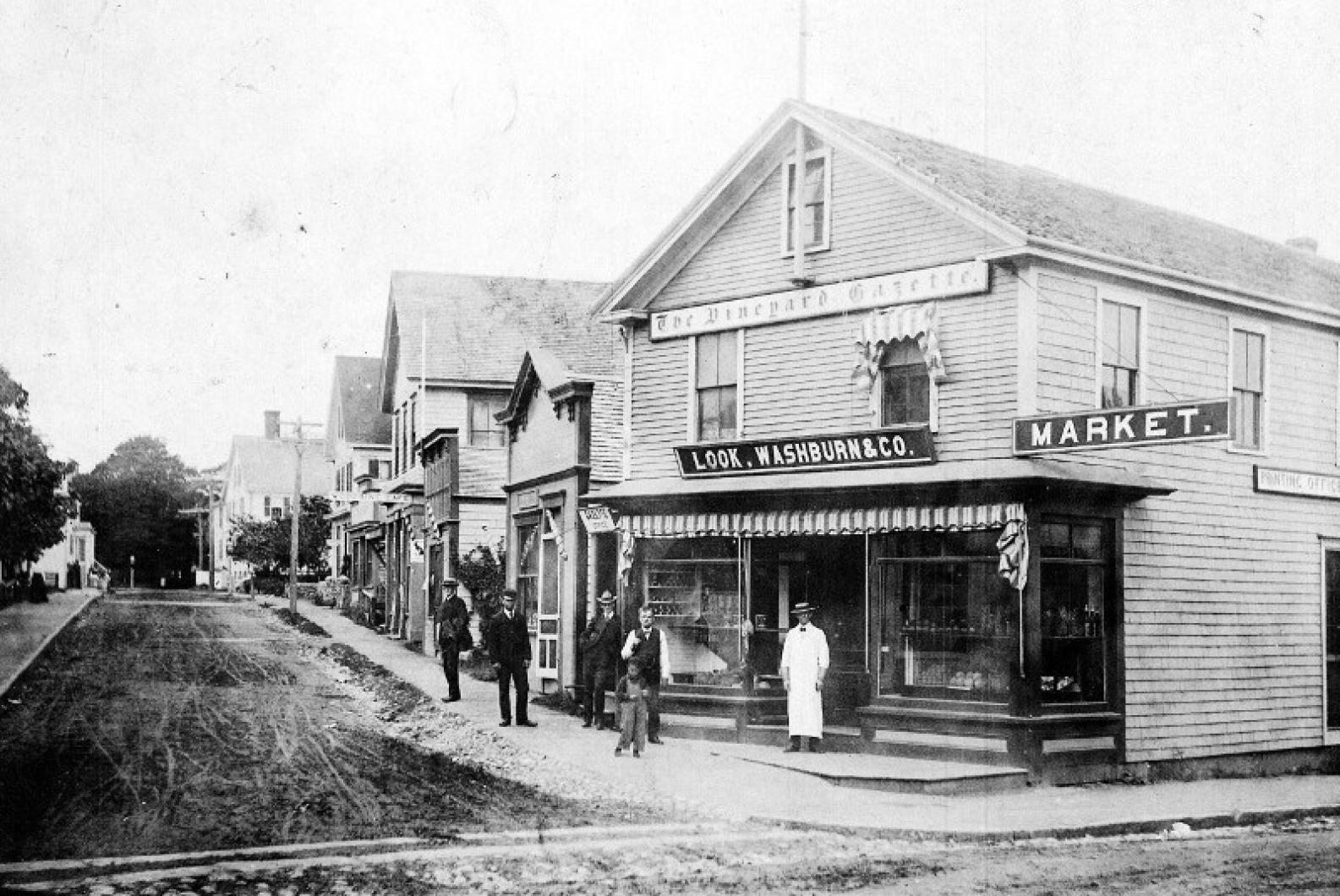When President Obama and family depart Martha’s Vineyard on Sunday, it will mark the end of another chapter in Island history. Mr. Obama has been in office for nearly eight years; seven of those have included Presidential vacations on the Island during the month of August.
And because wherever the President goes, he wears a mantle that reflects the mood and tenor of the country, each vacation has been different in its own way. The pitching seas of economic down times and recovery, gut-wrenching international terrorism and the continuing struggle for racial equality have all colored the Obama summers here.
Access to the President on the Vineyard, this year and every year, has been extremely limited. Reporters trying to cover his vacation are frustrated by heavy security and reliant on White House handlers who dribble out bits of information about golf partners and dinner companions. The Gazette reports what it can, and sometimes that is precious little.
But what day to day seem like inconsequential details taken together paint a singular picture of the President and the Vineyard that will no doubt hold a greater fascination for people years and generations to come.
History will note that Mr. Obama has played more rounds of golf on Island courses than any past, present or future U.S. President. He has eaten out in a wide variety of Vineyard restaurants from haute to homestyle, kept his basketball game up to snuff by shooting hoops in the Oak Bluffs School gymnasium, wheeled a mountain bike with his daughters through the Manuel Correllus State Forest and toured the historic Gay Head Lighthouse. He has endured August northeasters and heat waves — he even left early one year when a hurricane threatened.
President Obama is by no means the first president to find some measure of refuge here on the Vineyard from the pressures of the nation’s highest office. Everyone knows about the Clintons and the Kennedys, but few remember the visits of Calvin Coolidge, FDR and even Richard M. Nixon. Over the years, Presidential visits have been dutifully recorded by the Gazette — in the pages of its black and white broadsheet, and in more recent years on its website, where color photography, video and the impact of social media have altered and mostly enriched community journalism.
And with each passing year, the particulars of a past presidential visit take on a new and different cast as we constantly reassess what was in light of what is now.
That is the ineffable appeal of history, and why the Vineyard Gazette has taken as part of its mission to make its extensive archives accessible to students, scholars and members of the community who care about the history and culture of the Island. It is a mission that we share with the Martha’s Vineyard Museum and the Martha’s Vineyard Preservation Trust, as well as the Island’s many local historians, both professional and self-educated.
For the Gazette, that work takes a giant leap forward today with the launch of the Time Machine, a new interactive online tool that allows users to browse our own archive of historical articles, photos and videos.
This is the first showcase in a multi-year effort to digitize the newspaper and other historical materials dating back to the Gazette’s founding 170 years ago.
Hurricanes and great storms, steamships and ferries — and of course Presidents — are among the collections currently available for browsing in an online format that’s wide and handsome, much like the venerable old Gazette.
The core team responsible for creating the Time Machine included Paul Schneider, editor of the Martha’s Vineyard Magazine; Hilary Wall, librarian; Sara Brown, news editor of the Vineyard Gazette; Graham Smith, website manager; Steve Durkee, director of design for the Gazette; Susan Catling, a special projects coordinator; and Tom Dunlop, co-founder of the Historic Movies of Martha’s Vineyard project. Invaluable assistance was also provided by Alley Moore, Alyssa Lodge, Laura Brown, Nicole Mercier and David Foster.
The Time Machine offers just a sample of the Gazette’s rich archive of materials, which includes a microfilm record of every issue of the Gazette, extensive clipping files by topic, individual and event, and assorted photographs, woodcuts, letters and manuscripts.
The Gazette’s full-time librarian, Hilary Wall, is available for assisted research by appointment or just to give a tour of the Gazette.
But for now, come back to the future with us — and tell us what you think.




Comments (2)
Comments
Comment policy »